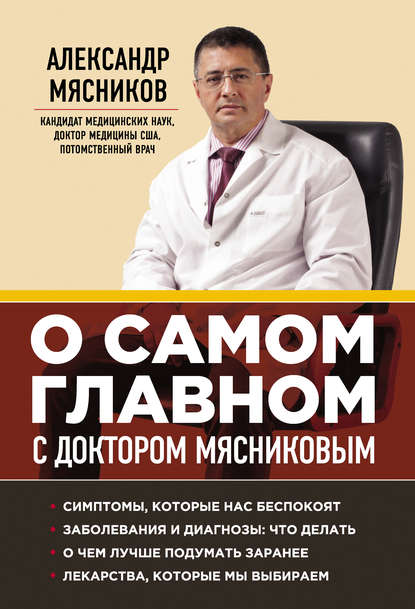James C. Grotta - Cerebrovascular Ultrasound in Stroke Prevention and Treatment

Ultrasound enables us to monitor the cardiovascular system and brain responses to treatment in real time; a genuine blessing on the route to more effective stroke therapies, and an invaluable tool with which to tailor treatment when available evidence is meagre. Ultrasound is a vital observational tool, yet a probe needs a scientist to point it in the right direction and a skilled physician to synthesise scientific data with practical management strategies. This book, intended for clinicians who are eager to learn and prepared to observe, focusses on the examination of stroke patients, the interpretation of ultrasound studies, and the application of cerebrovascular ultrasound to management and treatment strategies. Produced by an international team of contributors and edited at the University of Texas, one of the major world centres in stroke research, it is a practical volume that can be used by beginners to learn the principles of ultrasound testing, by advanced users to learn differential diagnosis, and by clinicians (non-sonographers) who treat stroke patients. The latter will gain knowledge on how to apply ultrasound, and what to expect from it in terms of clinical decision making and treatment selection.








